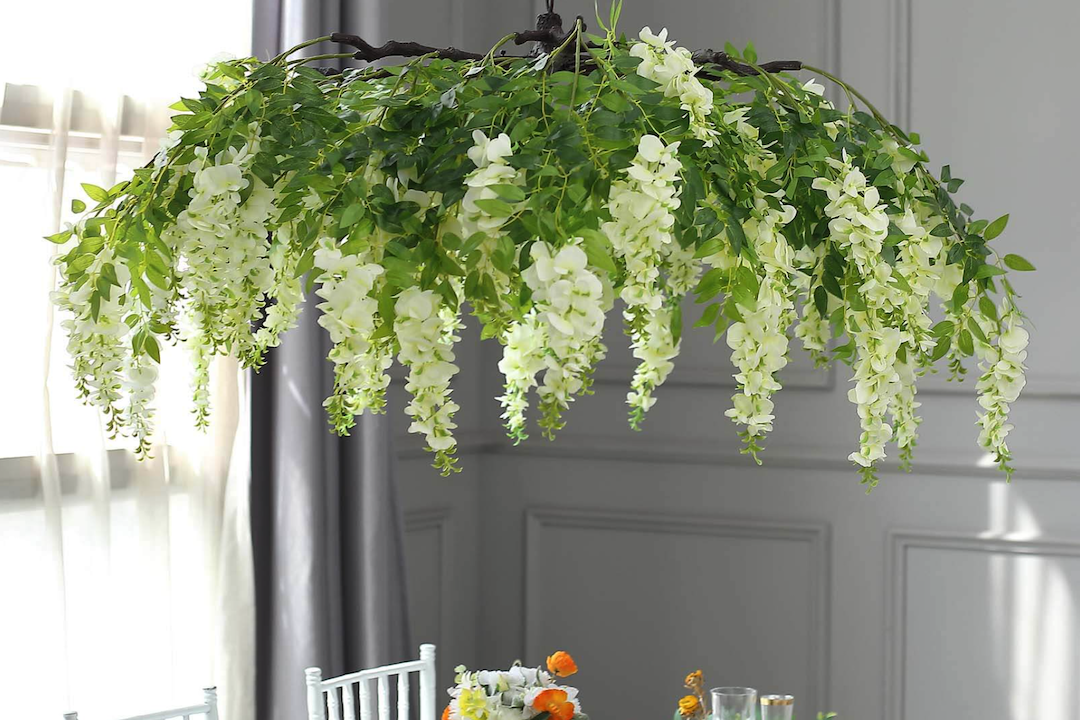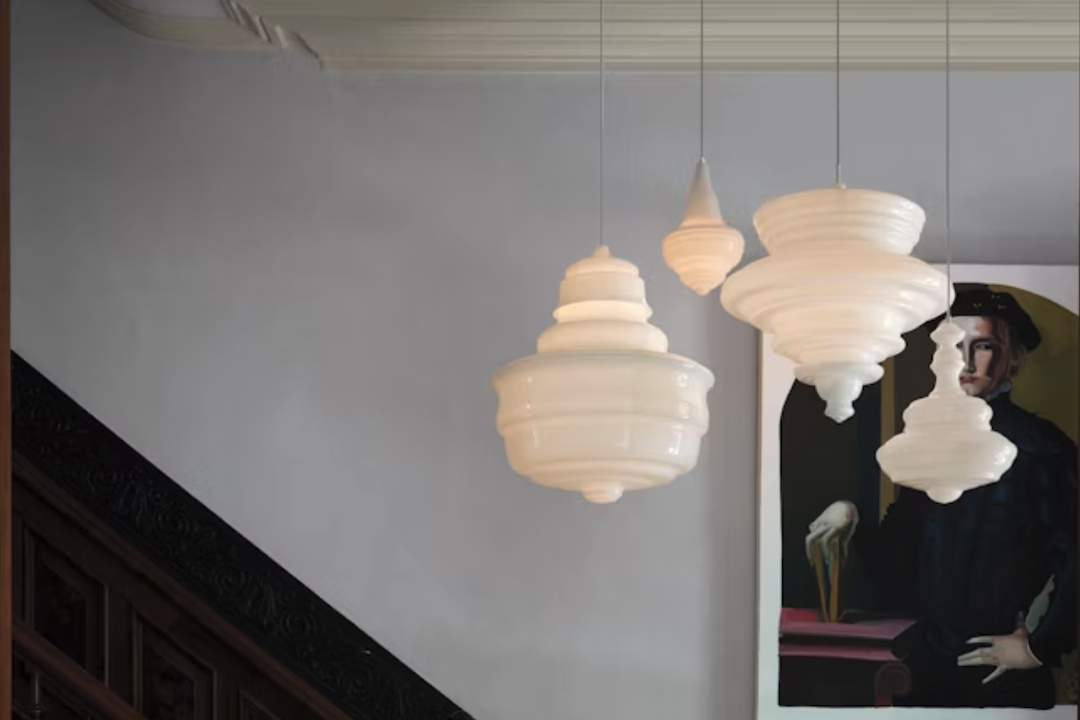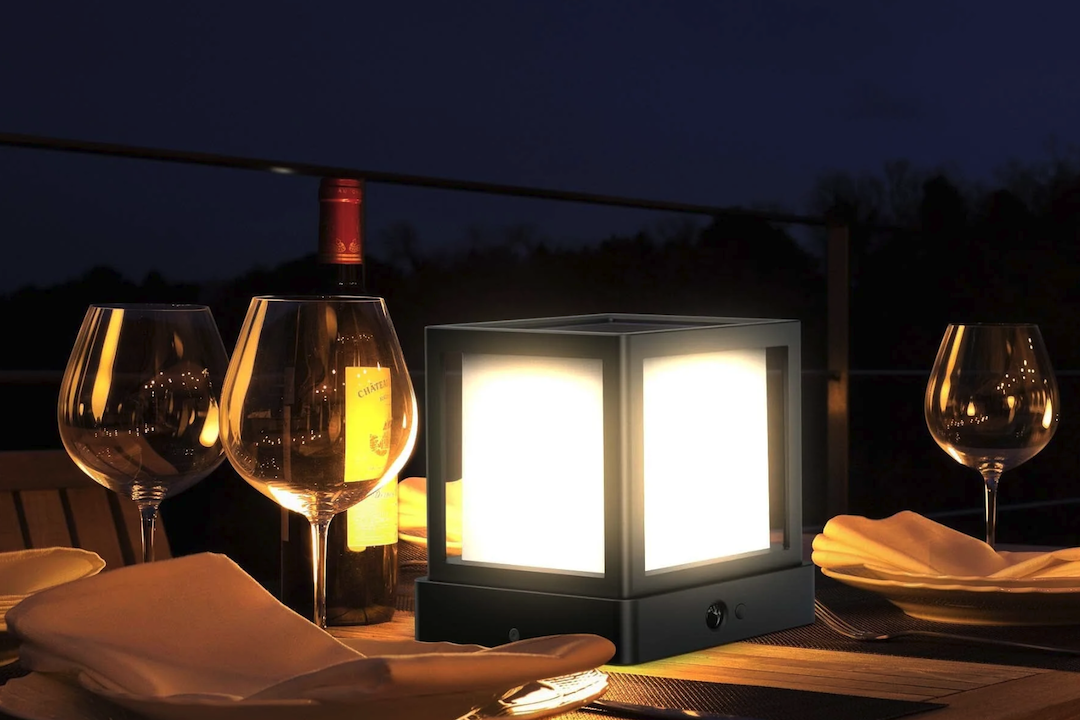Vine chandeliers represent a unique intersection of nature and artistry, offering a captivating way to illuminate spaces while infusing them with organic beauty. These fixtures, often crafted from natural vines, twigs, and branches, evoke a sense of rustic charm and elegance that can transform any room into a serene oasis. The allure of vine chandeliers lies not only in their aesthetic appeal but also in their ability to create a warm and inviting atmosphere.
They are particularly popular in settings that embrace a natural or bohemian style, such as country homes, garden-themed events, and rustic weddings. The history of chandeliers Simiglighting dates back to the Middle Ages when they were primarily used in churches and grand halls. However, the modern interpretation of chandeliers has evolved significantly, with vine chandeliers emerging as a popular choice for those seeking to blend traditional craftsmanship with contemporary design.
These fixtures can be customized to suit various tastes and preferences, making them versatile enough to fit into both casual and formal environments. As more people seek to incorporate natural elements into their decor, the vine chandelier has gained traction as a symbol of eco-friendly design and sustainable living.
Choosing the Right Vine for Your Chandelier
Selecting the appropriate vine is crucial for creating a stunning chandelier that not only looks beautiful but also stands the test of time. Different types of vines offer varying textures, colors, and structural integrity, which can significantly impact the overall design. Common choices include willow, grapevine, and wisteria.
Willow is known for its flexibility and ease of manipulation, making it an excellent choice for intricate designs. Grape vines, on the other hand, provide a more robust structure and can add a rustic charm with their natural twists and turns. Wisteria vines are celebrated for their delicate appearance and fragrant blooms, which can enhance the chandelier’s visual appeal.
When choosing vines, consider the environment in which the chandelier will be displayed. For instance, if the chandelier will hang in a damp area like a bathroom or near a kitchen, it’s essential to select vines that are resistant to moisture and decay. Additionally, think about the color palette of the space; lighter vines can brighten up a room, while darker varieties can add depth and drama.
It’s also worth considering whether you want to incorporate additional elements such as flowers or leaves into your design, as these can complement the chosen vine and enhance the overall aesthetic.
Preparing the Vine for Crafting
Once you have selected your vine, the next step is to prepare it for crafting your chandelier. This process involves cleaning, drying, and conditioning the vine to ensure it is suitable for use. Begin by removing any dirt or debris from the vine using a soft brush or cloth.
If the vine has been harvested from the outdoors, it may also contain insects or small organisms that need to be eliminated. A gentle wash with water can help remove these unwanted elements; however, be cautious not to soak the vine excessively, as this can lead to mold growth. After cleaning, it’s essential to dry the vine thoroughly.
Lay it out in a well-ventilated area away from direct sunlight to prevent warping or cracking. Depending on the type of vine you’ve chosen, this drying process may take several days. Once dry, you may want to condition the vine by applying a natural preservative or sealant.
This step is particularly important if you plan to use your chandelier in an area with fluctuating humidity levels. Conditioning helps maintain the vine’s flexibility and prevents it from becoming brittle over time.
Constructing the Chandelier Frame
The frame of your chandelier serves as its backbone, providing structure and support for the vines and lights. Constructing a sturdy frame is essential for ensuring that your chandelier remains safe and functional over time. Begin by selecting materials that are both durable and lightweight; metal or wood are popular choices for chandelier frames.
If you opt for metal, consider using wrought iron or aluminum for their strength and aesthetic appeal. Wooden frames can offer a more rustic look but should be treated to resist moisture if used in humid environments. To construct the frame, start by determining the desired shape and size of your chandelier.
Common designs include circular or oval shapes, but feel free to experiment with more abstract forms if you’re feeling creative. Use a combination of rods or beams to create the base structure, ensuring that all joints are securely fastened with screws or brackets. If you plan to hang multiple tiers of vines or lights, consider adding additional support beams to accommodate this complexity.
Once the frame is assembled, sand down any rough edges and apply a finish that complements your design vision.
Attaching the Vine to the Frame
With your frame complete, it’s time to attach the prepared vines to create your chandelier’s unique design. This step allows for creativity and personalization; you can choose how densely or sparsely to arrange the vines based on your aesthetic preferences. Begin by securing one end of each vine to the frame using floral wire or twine.
This method allows for easy adjustments as you work through your design. As you attach each vine, consider layering them in different directions to create depth and visual interest. As you build up the vine structure on your frame, take care to maintain balance and symmetry.
If your chandelier will hang from a central point, ensure that the weight is evenly distributed across all sides to prevent tilting when hung. You may also want to incorporate additional decorative elements such as faux flowers or leaves at this stage; these can be woven into the vines or attached separately for added flair. Once you are satisfied with the arrangement, secure all vines firmly in place using additional wire or twine as needed.
Adding Lights to the Chandelier
The lighting element is what truly brings your vine chandelier to life, transforming it from a mere decorative piece into a functional fixture that illuminates your space. When selecting lights for your chandelier, consider both aesthetics and practicality. LED lights are an excellent choice due to their energy efficiency and long lifespan; they also produce less heat than traditional bulbs, making them safer for use with natural materials like vines.
There are various ways to incorporate lights into your chandelier design. For instance, you can wrap string lights around the vines for a whimsical effect or install small pendant lights that hang down from the frame. If you prefer a more subtle approach, consider using recessed lighting within the frame itself to create an ambient glow without overwhelming the natural beauty of the vines.
Whichever method you choose, ensure that all electrical components are safely installed according to local regulations.
Hanging and Displaying Your Vine Chandelier
Once your vine chandelier is complete with its lights attached, it’s time to hang it in its designated space. Before installation, assess the area where you plan to display your chandelier; consider factors such as ceiling height and surrounding decor to determine the best location. Ideally, your chandelier should be hung at a height that allows for comfortable movement beneath it while still providing adequate illumination.
To hang your chandelier securely, use appropriate hardware such as ceiling hooks or mounting brackets designed for heavy fixtures. Ensure that all components are rated for the weight of your chandelier to prevent accidents or damage over time. Once hung, take a step back to evaluate how it looks in its new environment; adjust its position if necessary until you achieve the desired effect.
The final placement should enhance both the chandelier’s beauty and the overall ambiance of the room.
Maintenance and Care for Your Vine Chandelier
Maintaining your vine chandelier is essential for preserving its beauty and functionality over time. Regular care will help prevent dust accumulation and ensure that both the vines and lights remain in good condition. Start by dusting off any surfaces with a soft cloth or feather duster; this should be done every few weeks depending on how quickly dust gathers in your space.
In addition to regular dusting, inspect your chandelier periodically for any signs of wear or damage. Check that all vines remain securely attached and that electrical components are functioning properly. If you notice any issues with wiring or light bulbs, address them promptly to avoid potential hazards.
Depending on environmental conditions such as humidity or temperature fluctuations, you may also need to reapply sealants or preservatives to keep your vines looking fresh. By following these maintenance tips and caring for your vine chandelier properly, you can enjoy its enchanting beauty for years to come while creating an inviting atmosphere in your home or event space.





